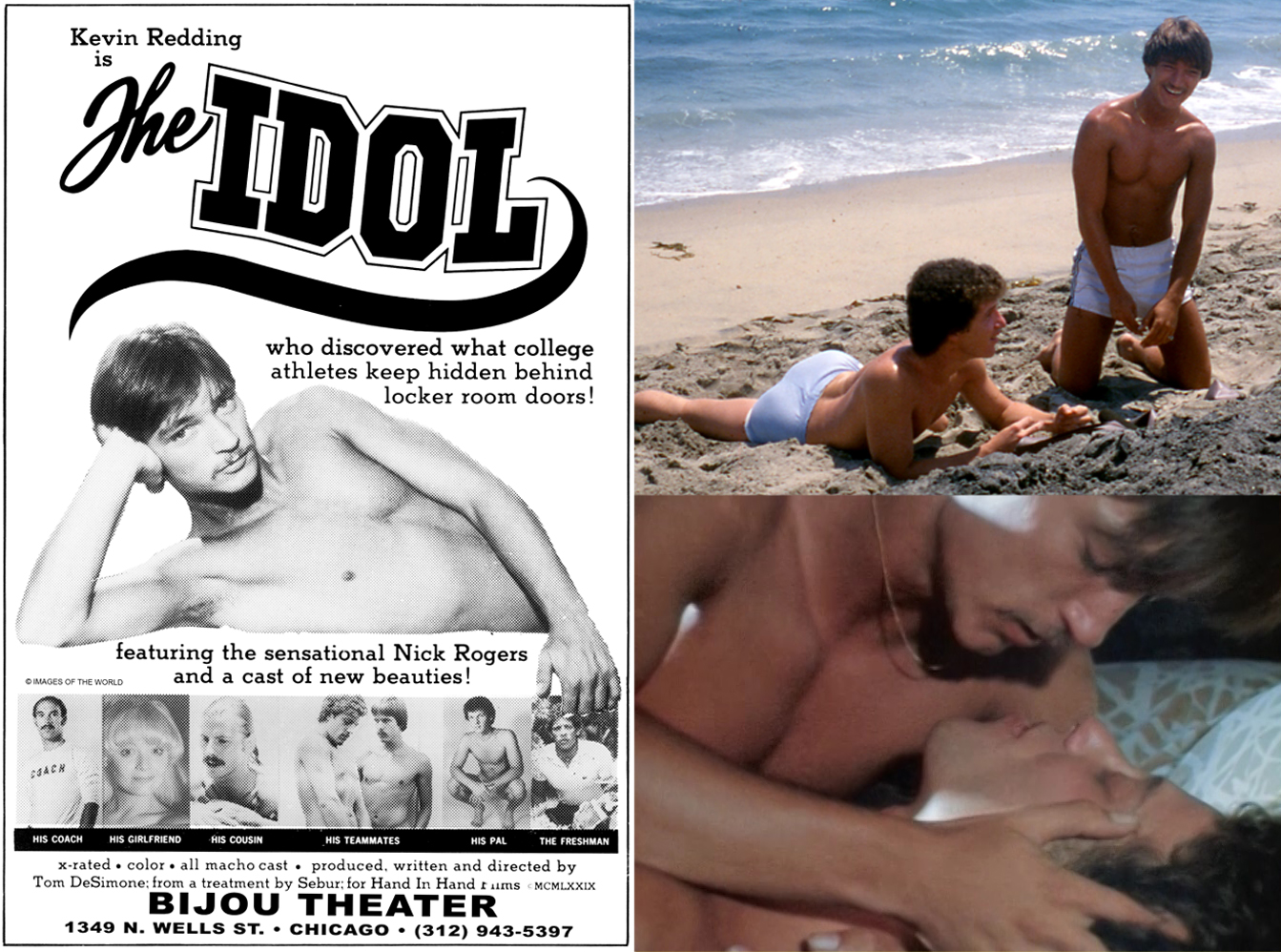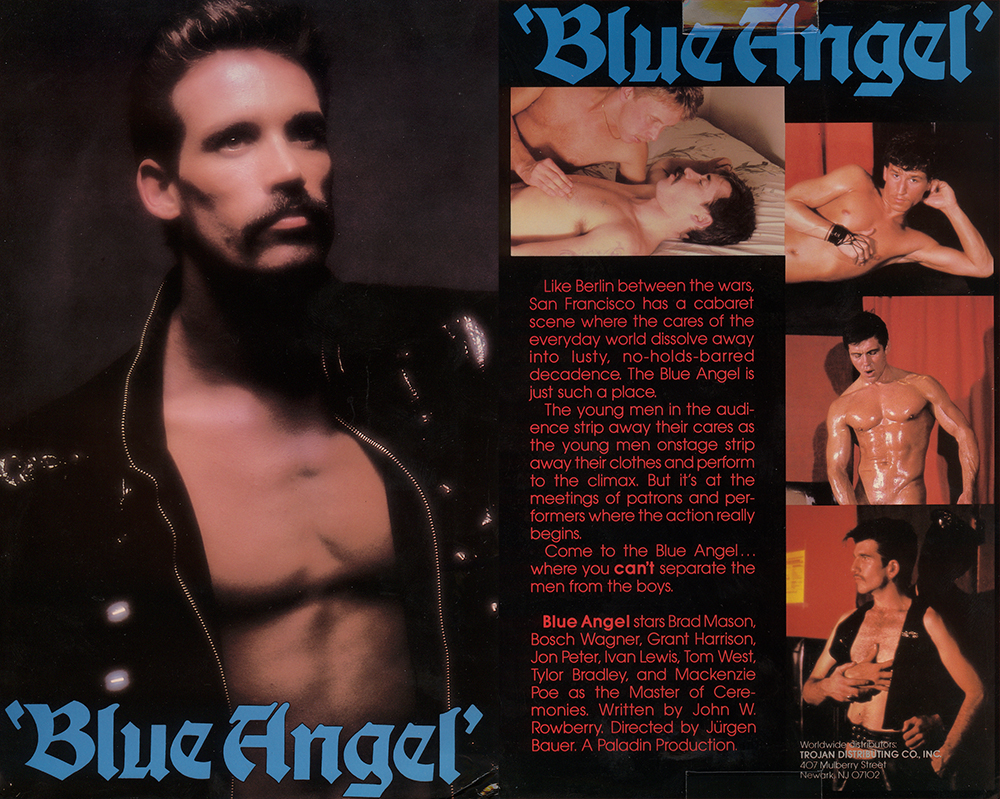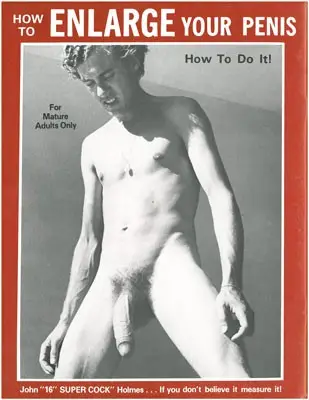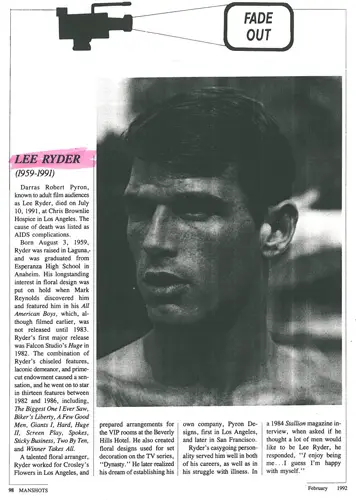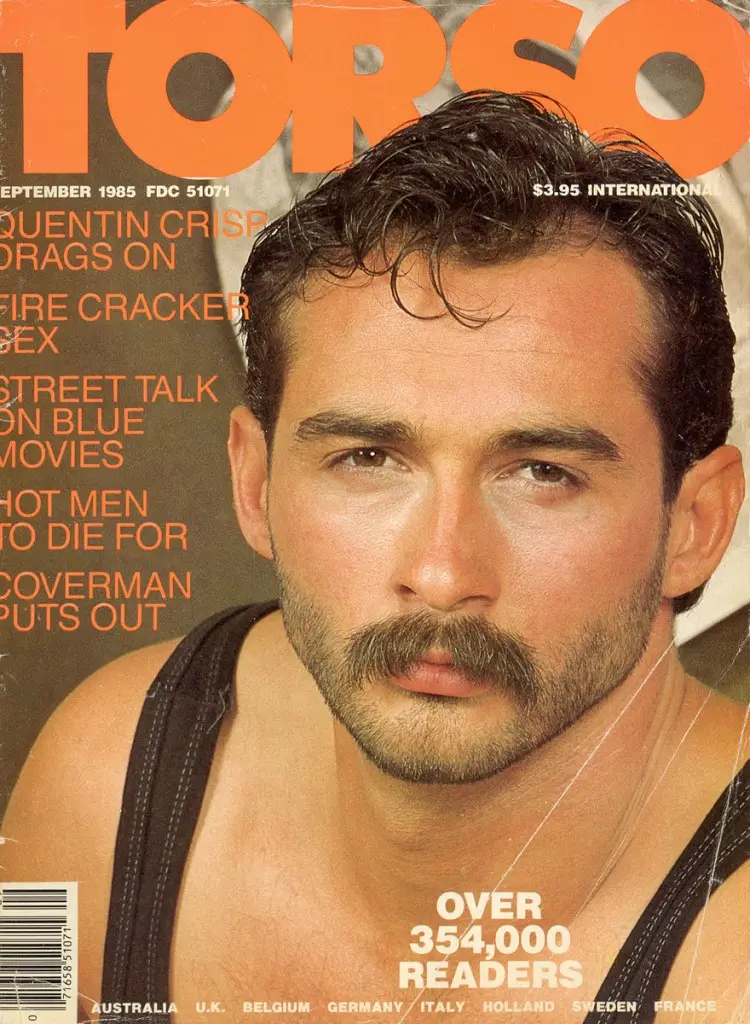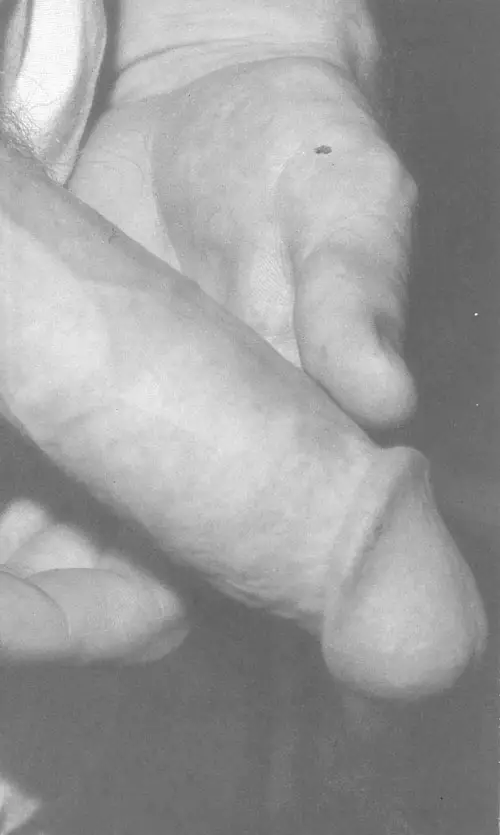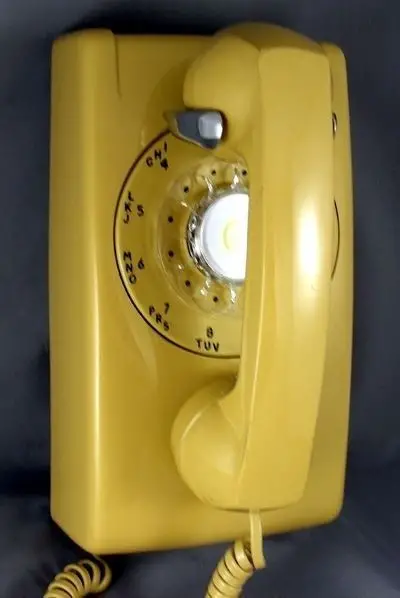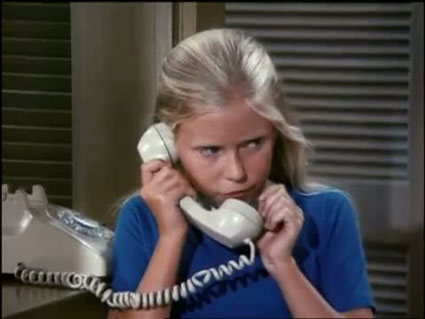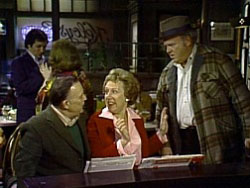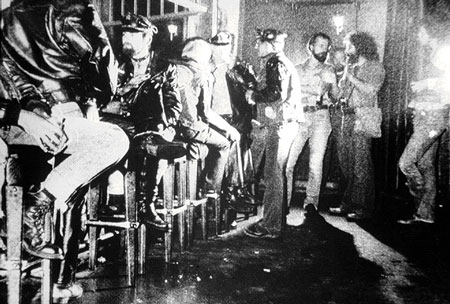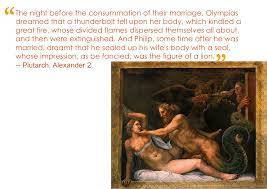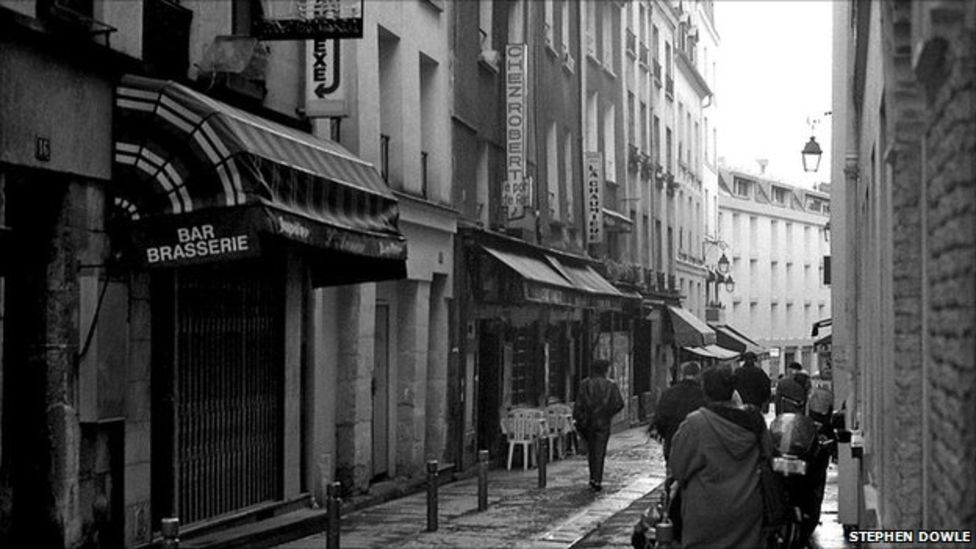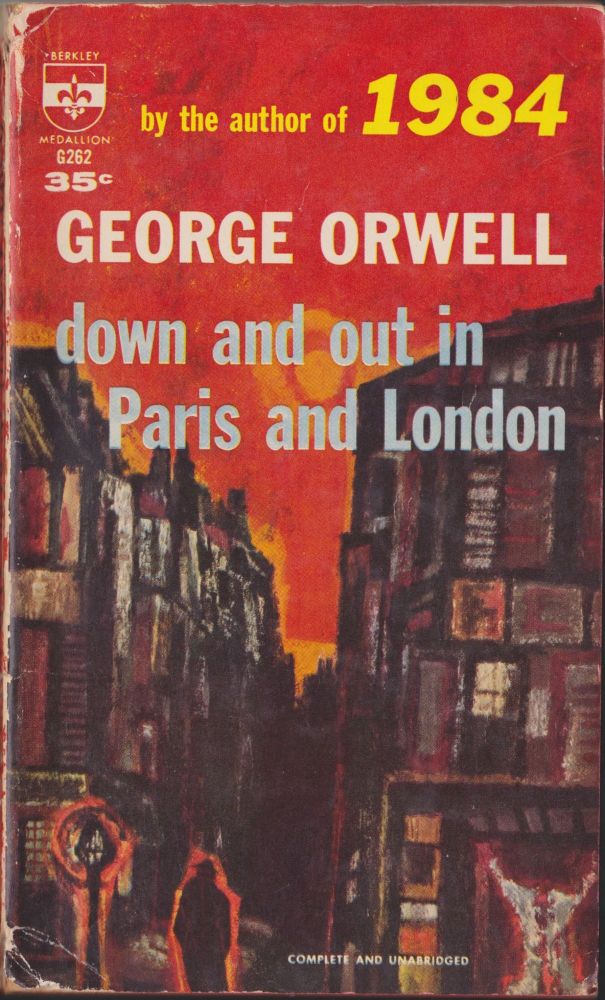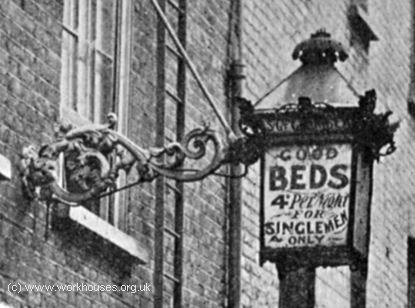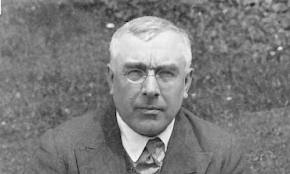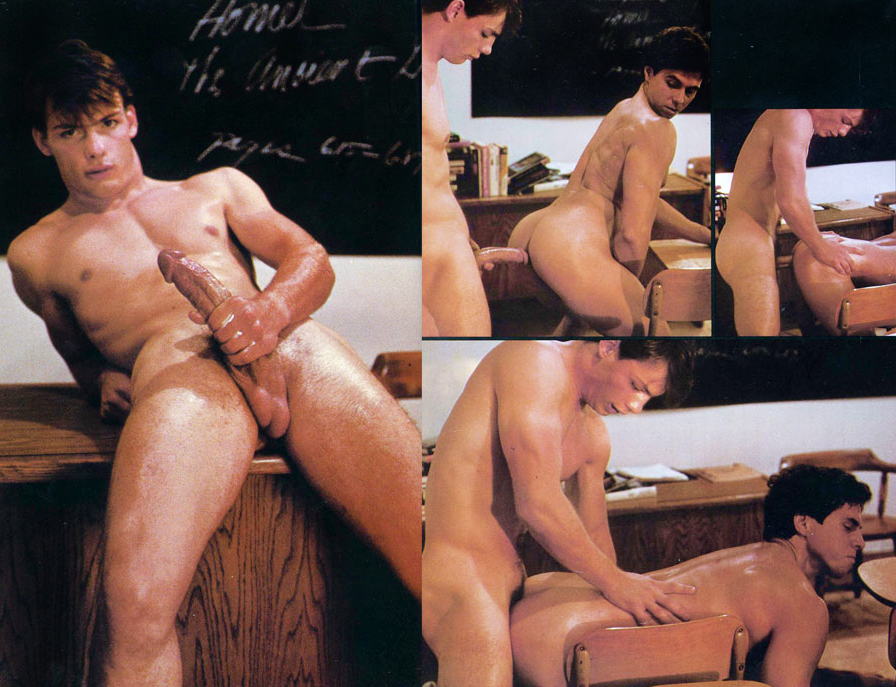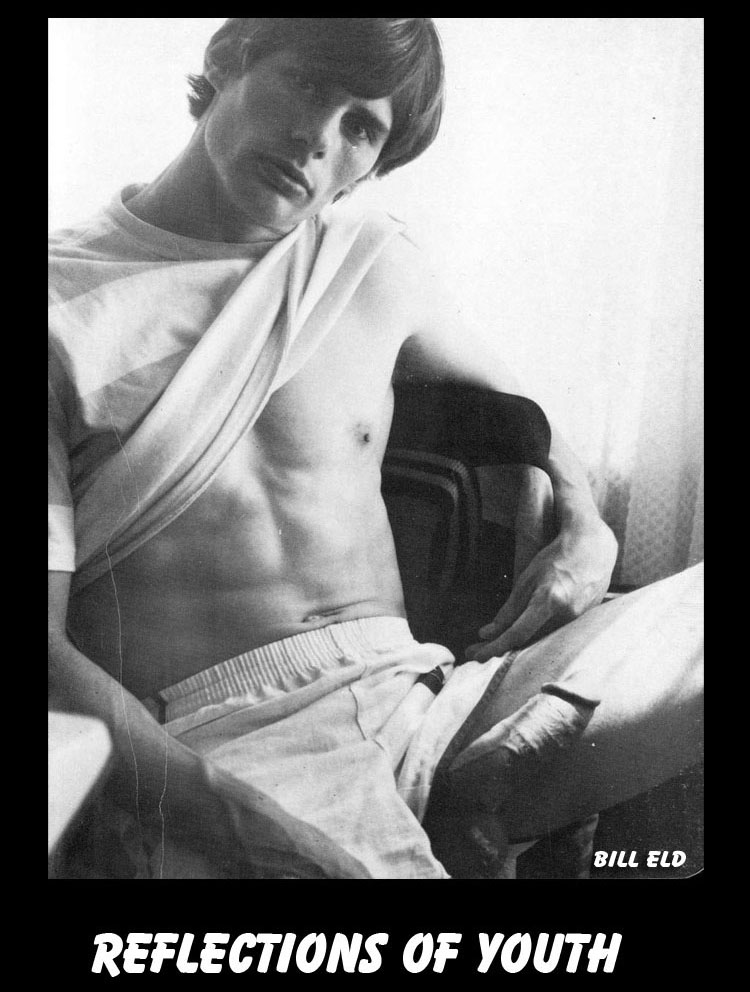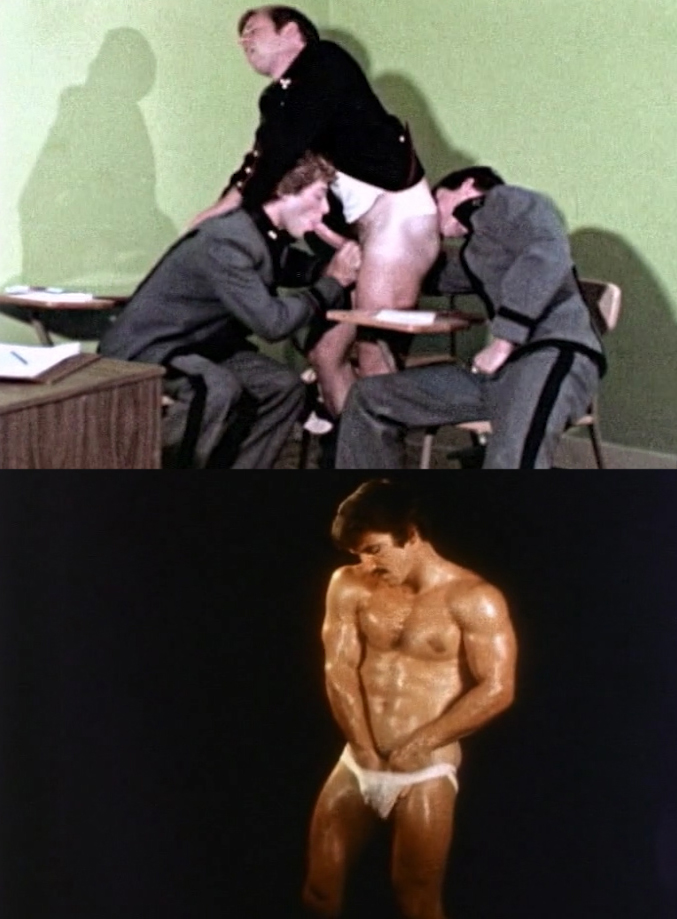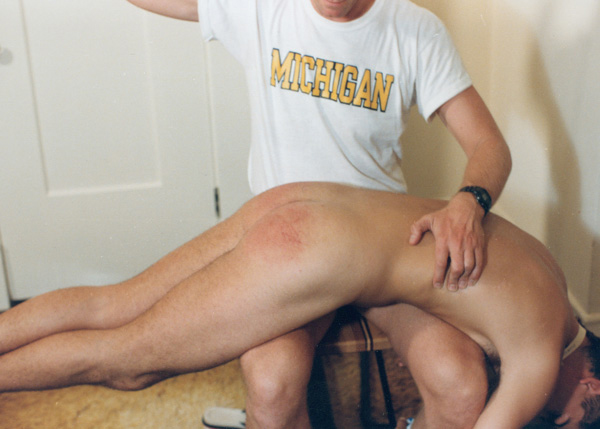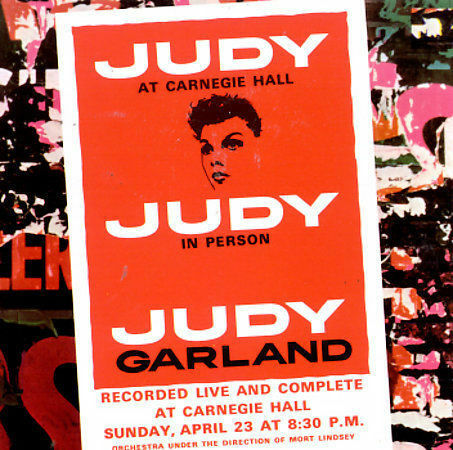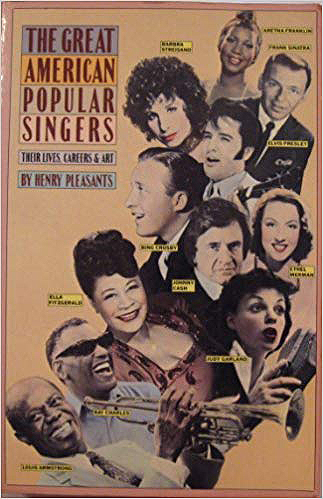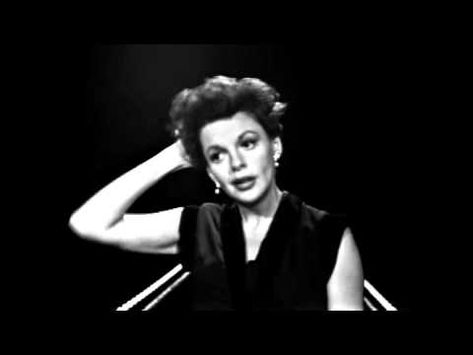posted by Madame Bubby Ok, George Orwell. I had to read Animal Farm in grade school, 1984 in high school, and of my own volition, I read and even identified with the main character the infinitely dreary Keep the Aspidistra Flying (yes, nerdy guys with aspirations to writing and other academic pursuits really shouldn’t try to escape their heteronormative lower middle class roots). And, more significantly, I even snuck a read at my dad’s worn copy of Down and Out in Paris in London.
 George Orwell (Source: idmb.com)
George Orwell (Source: idmb.com) Supposedly based on Orwell’s own experiences, this book, written in 1933, narratives the life of a down and out academic/artist type who out of necessity has to take first, a job as a dishwasher in a hotel and then a restaurant in Paris, or plongeur (sounds like plunger, very apropos). Then, arriving back in England, he ends up in the heart of “tramp” culture (homeless persons) and suffers from the futile attempts of both government and private institutions to either contain or reform the organic connection between poverty and society.
 1930s Paris (Source: https://www.bbc.com/news/world-europe-14372195)
1930s Paris (Source: https://www.bbc.com/news/world-europe-14372195) When I read it as an adolescent, I was more fascinated by the seedy details (especially about food preparation, as in, let’s wipe the sawdust off the toast dropped on the floor so the hotel guest can get the breakfast quickly), the suspense that occurs as the persona struggles to obtain basic necessities, and even the threat of and eruptions of violence.
Yet, now, re-reading it, I noticed the author’s virulent homophobia. Yes, definitely a product of the time and place, but even though it isn’t a main theme, it shows up at various cringeworthy points in the narrative in language of contempt or titillation. Orwell assumes this underbelly of society at that time is the place where such persons can pursue their “perverted” desires, which in most cases exploitation of the even less powerful.

For example, in recounting his experience as a dishwasher at a hotel in Paris, he titillates, but does not give details, about the “old debauchees who frequented hotels in search of pretty page boys.” The “French episode,” of course, focuses more on illicit heterosexual sex; it’s a given that most of the men will have “mistresses.” Yet, and for Orwell this fact is an indictment on the condition of poverty, no one seems to be married, except for the couple who deceptively sells packets of pornographic postcards to tourists. Deception, because once the buyers open the packet, no dirty pictures, but instead pictures of common Parisian tourists destinations. And the buyers of course are too embarrassed to complain!
 Men asleep on Southwark Bridge (Source: http://www.workhouses.org.uk/lodging/)
Men asleep on Southwark Bridge (Source: http://www.workhouses.org.uk/lodging/) In the “English episode,” however, the attitudes of contempt and disgust toward homosexuality really come to the fore. The persona in his journeys among the tramps ends up at some place called a “spike.” These prison-like places (inmates are locked in for the night) apparently served as shelters for the homeless population during this period. He gets an involuntary roommate for the night in a room with no beds:
About midnight the other man began making homosexual attempts upon me – a nasty experience in a locked, pitch-dark cell. He was a feeble creature and I could manage him easily, but of course it was impossible to go to sleep again. For the rest of the night we stayed awake, smoking and talking. The man told me the story of his life – he was a fitter, out of work for three years. He said that his wife had promptly deserted him when he lost his job, and he had been so long away from women that he had almost forgotten what they were like. Homosexuality is general among tramps of long standing, he said.
There’s definitely an awful truth here, but it’s not the dynamic of same-sex sex occurring in prison or prison-like settings. It’s his view that such relations are perverse, and as Orwell later argues in the book to the point of a tirade, that the lack of stable relationships with women drives these men to such antisocial acts. What’s kind of queer about this account, though, is that the persona doesn’t attack the guy or even kill him; he ends up forming a sort of bond, however forced because of the situation. But then, the fact that the guy is definitely not an effeminate type but really a manly man out on his luck makes such bonding acceptable.
Later, in one the awful cheap lodging houses where the persona spends the night, he encounters an extremely drunk older gent who claims to be in the same social class as him, an “old Etonian” or “public school boy,” that is, someone of the more genteel class with an education. The social bond does not occur here, because the guy is too drunk to even offer him his cherry brandy, and the other occupants of the room yell at him to go back to his bed and shut up. The older gent keeps talking to himself, muttering, (quite tellingly given the persona’s reflection on the incident) “M -- , you are past redemption,” before finally passing out, and thus giving the persona time to write a description and an assumption rooted in a stereotype:
 Common lodging house (Source: http://www.workhouses.org.uk/lodging/)
Common lodging house (Source: http://www.workhouses.org.uk/lodging/) He was a man of about fifty, with a refined, worn face, and, curiously enough, quite fashionably dressed. It was queer to see his good patent-leather shoes sticking out of that filthy bed. It occurred to me too, that the cherry brandy must have cost the equivalent of a fortnight’s lodging, so he could not have been seriously hard up. Perhaps he frequented common lodging-houses in search of the “nancy boys.”
Yes, here is the stereotype. Wealthy drunk “old queen” slumming and exploiting the effeminate types who are probably selling their bodies to survive. Yes, that exploitative dynamic was definitely occurring, but the author reveals an almost laconic contempt for this person, in fact, anyone in the sexual underground of the period. Apparently, in this case, they are too queer to be redeemed from a world sullied by a hopeless cycle of poverty that degrades human self-respect and dignity, as the narrator is so intent on exposing in this book.
The word queer, for Orwell, true again to his time and place, doesn’t equate with LGBTQ; for him, it means anything, yes anything out of that ever elusive and illusory life of Father reading the paper and Mother sewing and the dog and two children playing in the living room in front of the fire, what he claims in The Road to Wigan Pier is a rare place of goodness and security in a world built on various forms of exploitation. For him, it seems the exploited will only find salvation in a future utopia, which somehow will take the raw materials of the Industrial Revolution and shape them into a world of infinite leisure devoid of any contact with the dirt and chaos and violence and perverted gay sex of Down and Out in Paris and London.
